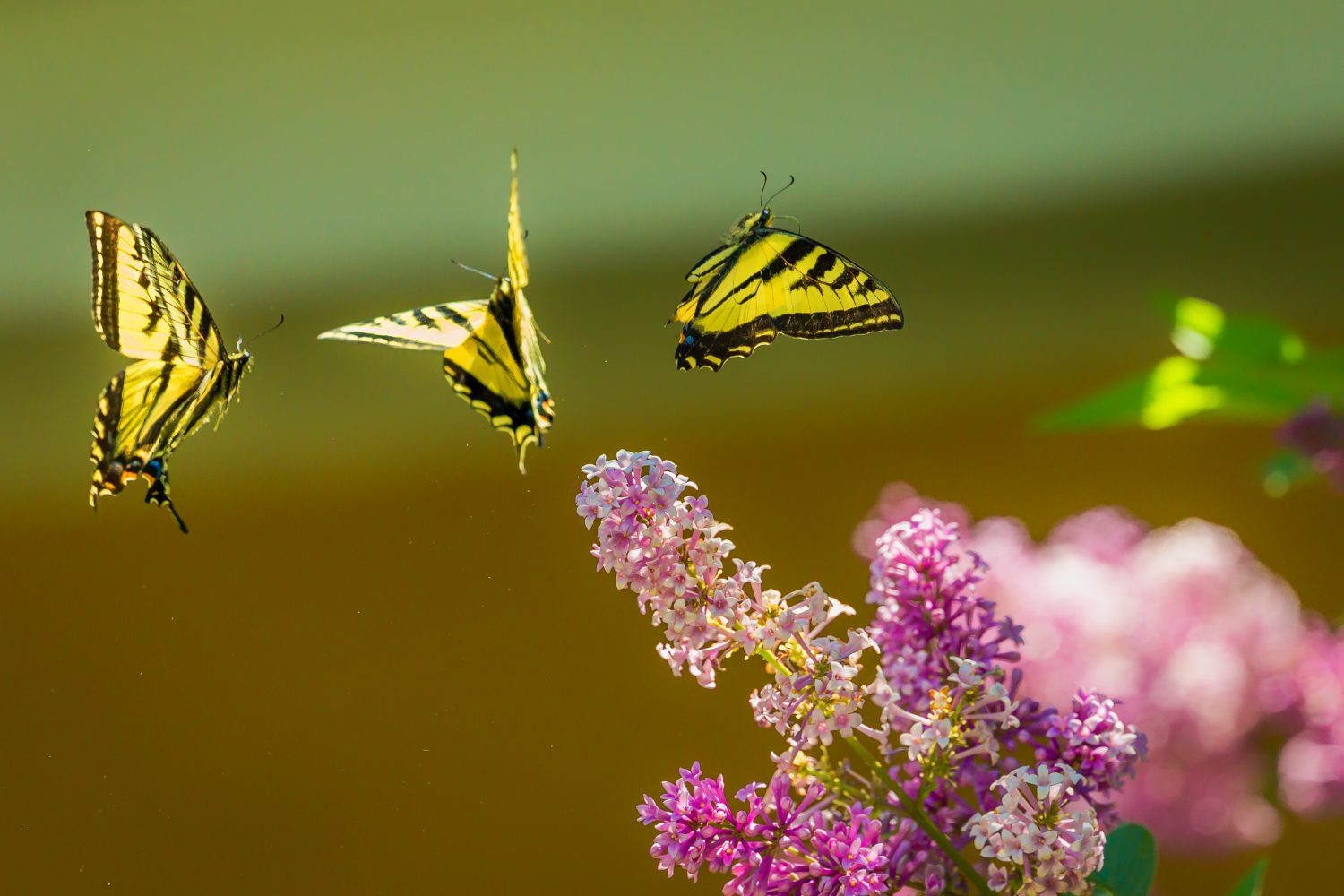Central Park is facing competition for the greenest space in NYC, but not from a single source. If you take a pigeon’s-eye view, you’ll notice new dots of green—around 730 of them—on rooftops across the Big Apple.
Why are NYC’s rooftops going green? We asked our friends at The Nature Conservancy, who’ve been following the trend. It turns out there are a lot of benefits to cultivating an urban greenspace or garden—beyond getting home-grown tomatoes and a pleasant backdrop to your next string-lights-and-rosé dinner party, although both of those are reason enough.

Breathe Easier
Between pollutant-spewing double-decker buses and constant construction work, NYC doesn’t have much going for it in regards to air quality—except for its ever-growing green spaces. Plants act as natural air filters, so the more green roofs there are, the fresher the air is across the whole city. By taking in CO2 and releasing breathable oxygen, they also act as tiny carbon sinks, making our atmosphere just a little bit healthier.

Rain, Rain Drain Away
The City’s gentle rains give the street an alluring sheen, but its more violent storms have caused tens of billions of dollars in damage. One of the costliest types of storm damage is flooding. Cities with poor drainage and little green space are tragically prone to becoming submerged in severe storms and hurricanes. This was a large part of why Hurricane Harvey was so devastating in Houston. Green roofs help absorb and reduce some of the damage caused by these heavy rains.

Stay Cool
Literally. Imagine the difference between strolling through the High Line and slogging up 7th Avenue on a sizzling August day. Concrete, asphalt and other hard, dark city surfaces tend to trap heat during the day, only to release it again at night, forcing temperatures above what naturally occurs in nearby green spaces (known as the urban heat island effect). Replacing these hard surfaces with plants that help heat dissipate and create shade can be life-saving in summer heat waves.

Home Sweet Home
Many species of wildlife have already adapted to the concrete jungle, but if you’d like to attract a more diverse ecosystem than sewer rats and street pigeons, a green roof is a great place to start. Depending on what you plant, you can provide food and shelter to a beautiful variety of butterflies, birds and other critters.

Save Energy and the Planet
Planting a green roof may sound expensive, but it actually pays for itself quite quickly. In addition to the other savings we’ve gone over, it can help homeowners save on energy bills by acting as a natural insulator. Lower energy bills also mean lower carbon dioxide emissions, so it’s really a win-win for you and for Mother Nature.
Plants act as natural air filters, so the more green roofs there are, the fresher the air is across the whole city.
NYC’s green roof revolution couldn’t have come at a better time. The most recent U.S. Climate Assessment, released by the federal government last week, predicted that unchecked carbon consumption could cripple the U.S. economy by as much as 10 percent. Even best-case scenario, climate change threatens the way we grow and distribute food, our ability to prevent and treat disease and our resilience in the face of record-breaking hurricanes and monstrous forest fires.
Truly, the greatest benefit of NYC’s 60 acres of green roofs is the collective boost they give to the city’s climate change resilience in all of these areas, which is why they’re a key component of The Nature Conservancy’s mission to build healthy and sustainable cities.
In fact, The Nature Conservancy envisions a nation of Great Green Cities. Will New York be the first?










